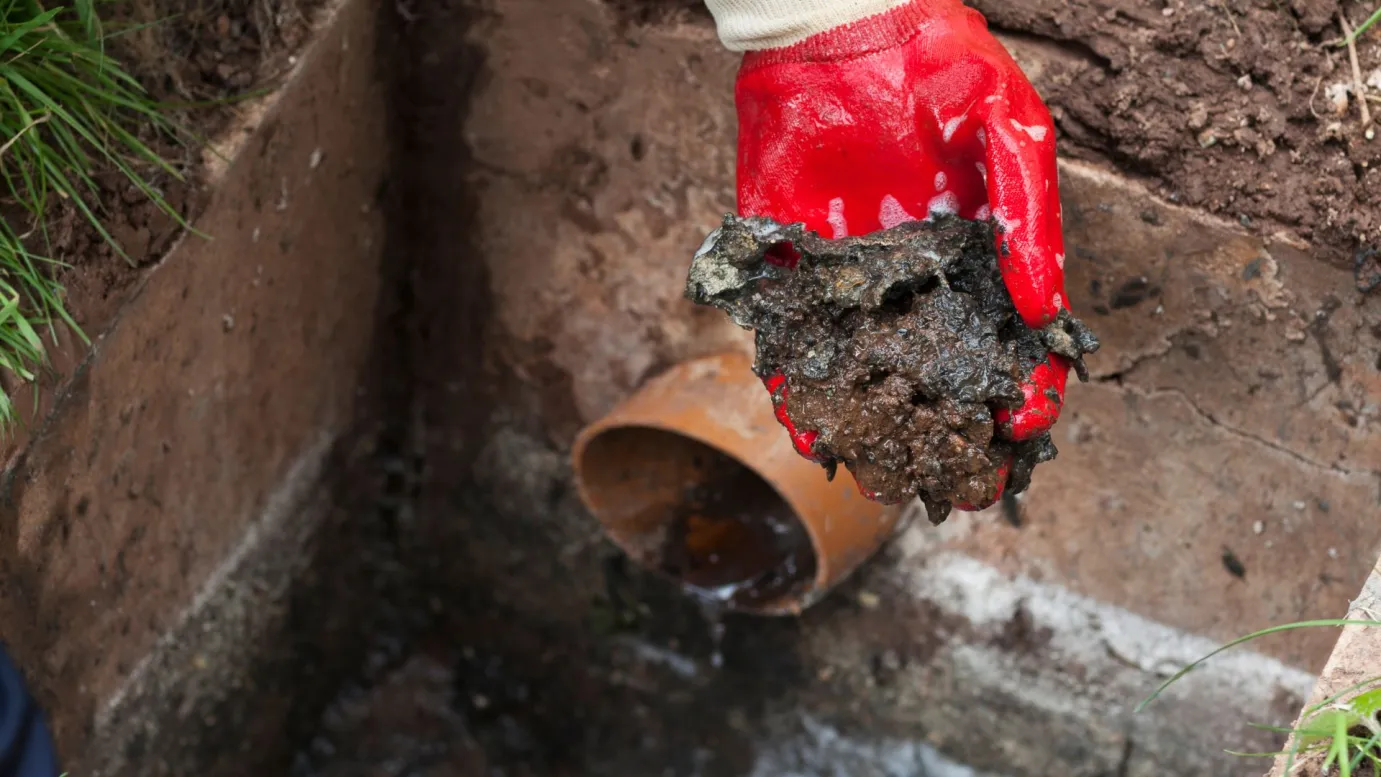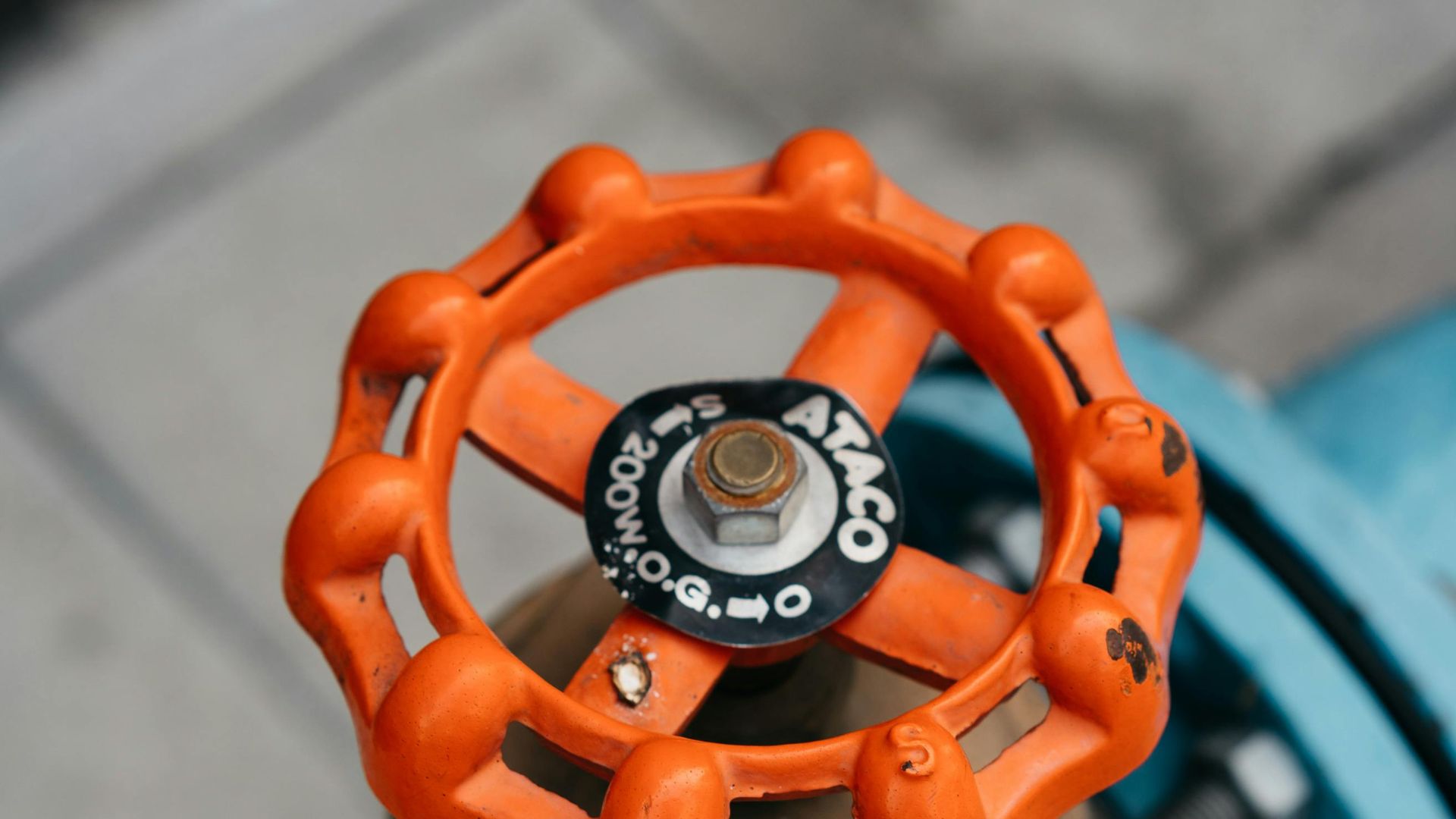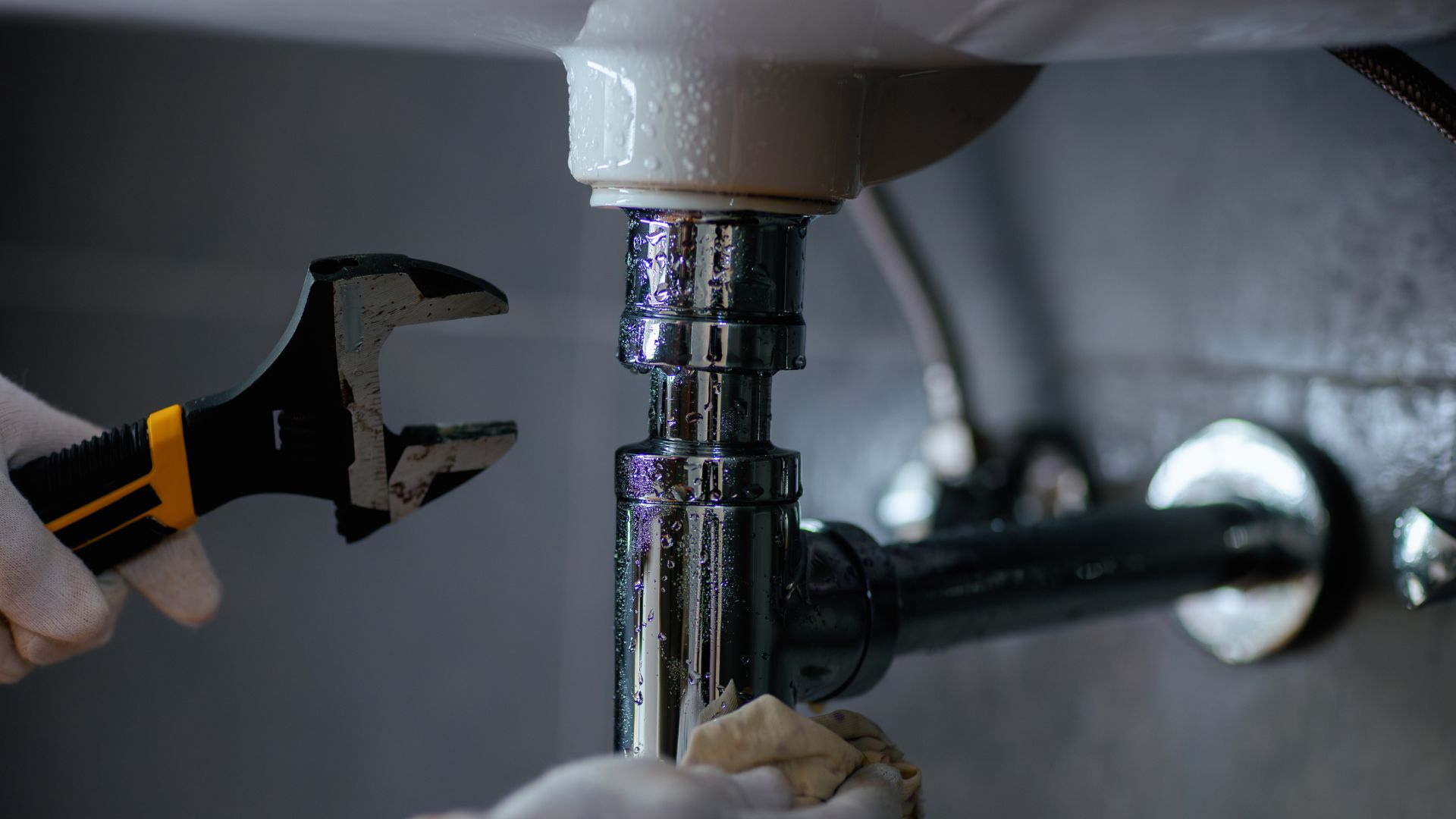Imagine coming home to find your bathroom floor soaked! It’s certainly not the welcome you were hoping for. A burst pipe hidden behind walls or underground can quietly unleash a flood, wreaking havoc on your home. Costs for repairs and water damage can mount up fast, taking a toll on your finances.
There’s a way to fight back against this silent threat. Your water meter—that often overlooked device near the street—can be a valuable tool for early detection. Learning to read your meter and identify unusual water flow empowers you to take control and prevent a minor leak from becoming a major disaster. This guide will equip you with the knowledge to use your water meter and save yourself money and stress.
What is a Water Meter?
Your water meter acts as a silent sentinel, tallying up the water flowing into your property. Usually found near the street or boundary, it helps ensure you’re only charged for what you actually consume.
Water meters come in two main varieties: dial and digital. Dial meters have rotating dials where each full turn marks a unit of water, like cubic metres. Meanwhile, digital meters present the volume electronically.
Though the reading method varies, the core concept remains the same for both types.
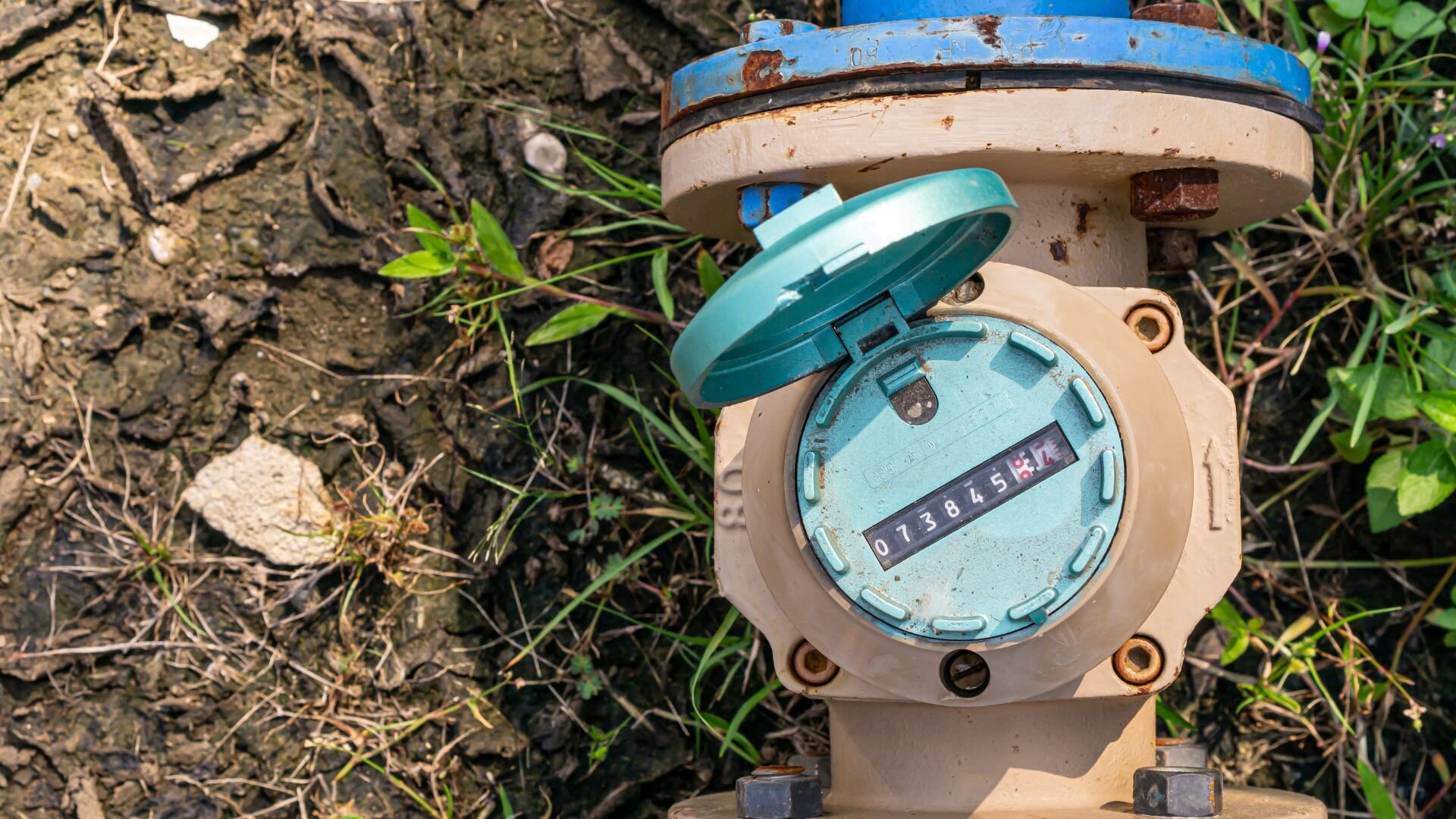
How to Read Your Water Meter
Understanding your water meter is key to detecting leaks. Here’s how to decipher those dials or numbers:
Dial Meter: Look for dials with numbers, typically black for cubic metres (highest value) and red for litres (smaller units).
Digital Meter: A digital display will show the total water usage volume.
Regardless of the type, the key is to read from left to right, starting with the highest value (usually cubic metres on dial meters). Record the number on each dial for dial meters, noting the colour (black for cubic metres, red for litres). For digital meters, simply note the displayed volume.
Tip: Take a clear picture of your meter reading for future reference.
Detecting Leaks with Your Water Meter
Your water meter can be your secret weapon in the fight against hidden leaks. Here’s how unusual water flow can signal a potential problem:
Imagine your house as a closed system. Water entering through the meter should only be used for designated purposes, such as taps, showers, or washing machines. Any unexpected flow through the meter when everything is turned off suggests a leak somewhere in the system.
To check your water meter for leaks, follow these steps:
- Shut off all water sources, including taps, showers, dishwashers, washing machines, and outdoor sprinklers.
- Take a reading: Jot down the meter reading as guided earlier; a clear photo can be handy.
- Wait, then check again: Keep everything off for an hour or two. This time helps reveal hidden leaks. After the pause, recheck the meter and compare it to your first reading.
- Understand the results: If there’s no change in the reading, you’re likely in the clear. But if the dials moved or the digital readout increased, a leak might be at play.
Some meters have a built-in leak indicator, typically a small dial or triangle that spins when water flows. If this indicator is moving even when no water is being used, it’s a strong sign of a leak.
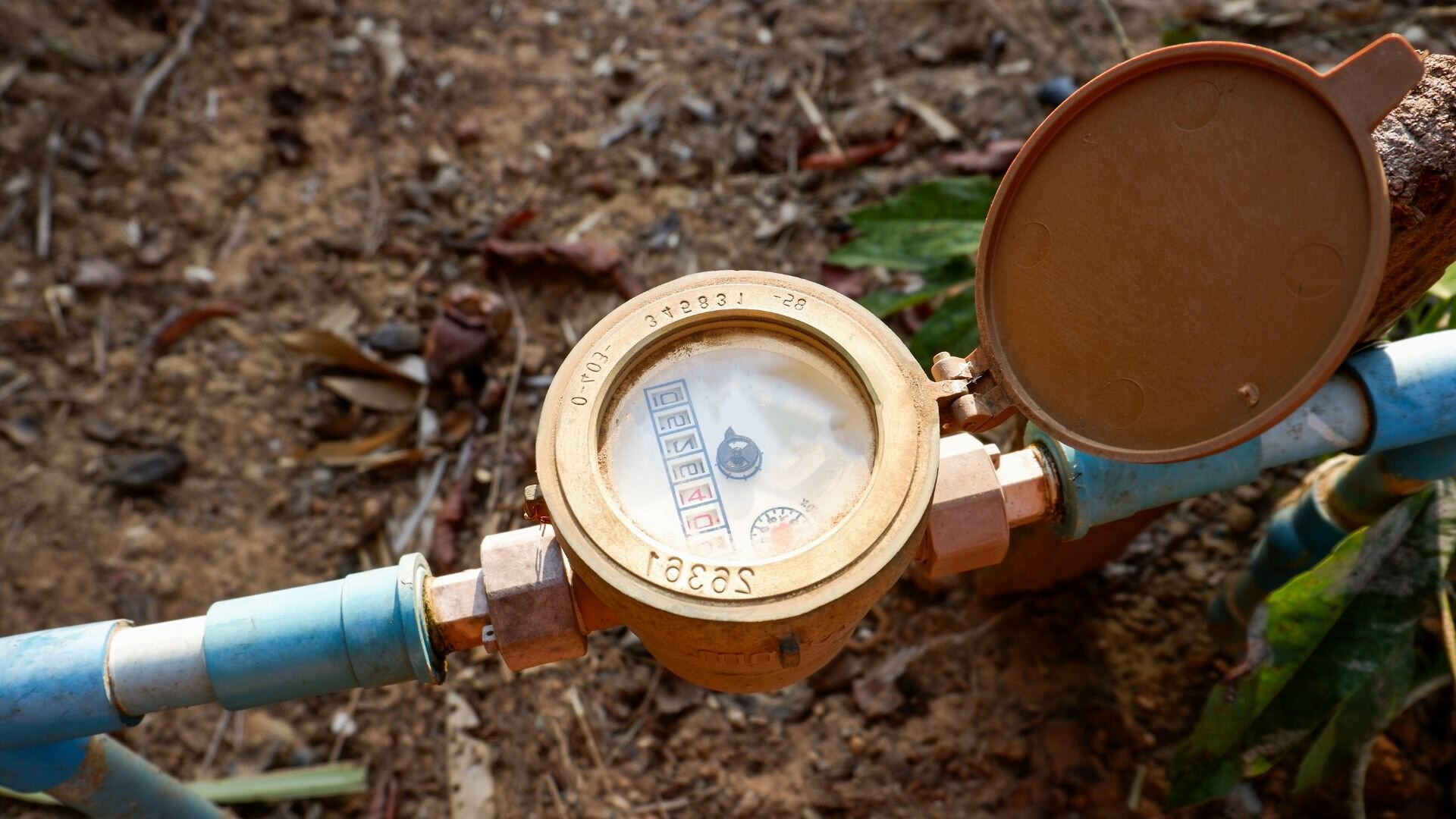
Taking Action if You Suspect a Leak
A leak is a plumbing emergency, so swift action is crucial. Here’s what to do if you suspect a leak based on your water meter readings:
- Turn off the main water supply valve: This valve is usually located near the street or property line, often in a meter box. Look for a handle or lever that needs to be turned perpendicular to the pipe to stop the water flow.
- Contact a licensed plumber: Don’t attempt DIY repairs for major leaks. A licensed plumber has the expertise and tools to locate the leak source and perform a proper repair.
The sooner you address a leak, the less damage it can cause. Don’t hesitate to call a professional for peace of mind and to avoid costly repairs down the track.
Types of Burst Pipes
While Australia isn’t known for harsh winters, burst pipes can still occur. Here are some common culprits:
- Corrosion: Over time, pipes, particularly older galvanised ones, can corrode and weaken, making them prone to bursts.
- Water pressure: High water pressure can stress pipes, increasing the risk of them bursting.
- Accidental damage: Renovations or gardening mishaps can nick or puncture pipes, leading to leaks.
- Ground movement: Shifting soil can stress underground pipes, causing them to crack or burst.
Even the material your pipes are made from can influence their vulnerability. Copper pipes, known for their durability, can still succumb to corrosion over time, becoming weak and prone to bursts. On the other hand, modern plastic pipes generally fare better against corrosion but may be more susceptible to accidental damage due to their flexible nature. Understanding these different threats can help you stay vigilant about potential leaks in your plumbing system.
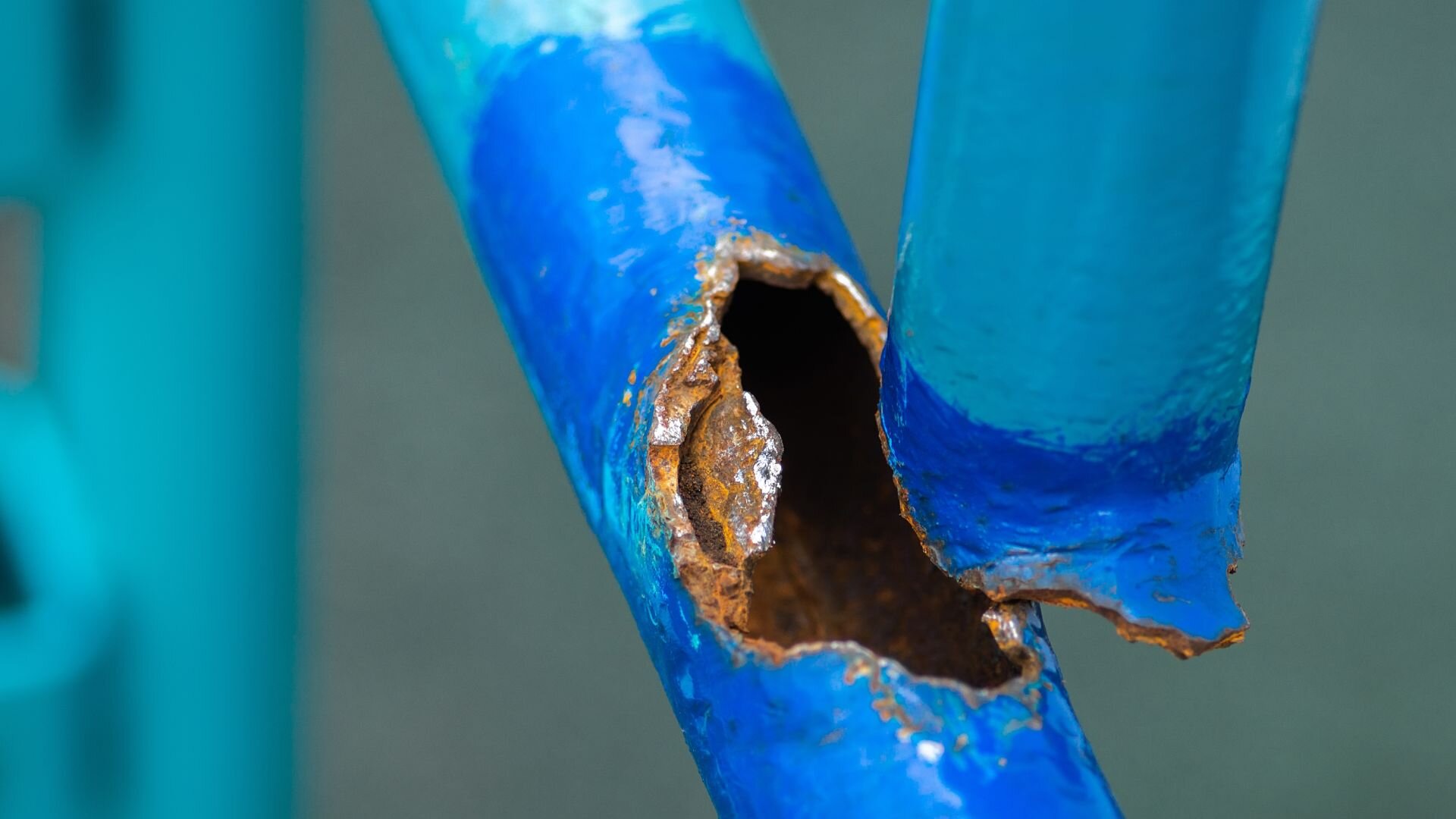
Preventing Burst Pipes
While you can’t avoid every risk, some strategies can help you decrease the likelihood of a burst pipe:
- Insulate exposed pipes: If your area’s prone to the cold, insulating exposed pipes can ward off freezing and bursting.
- Check for wear and tear: Keep an eye on visible pipes for any rust, corrosion, or cracking. Spotting wear early means fixing issues before they spiral into a major leak.
- Book regular plumbing check-ups: Annual plumbing inspections can catch problems before they become serious. Plus, a licensed plumber can suggest protective steps for your system.
Be a Water Meter Master - Take Control With a Check!
Your water meter is a powerful, untapped tool. By mastering its readings and spotting odd water flow, you can become a leak-detecting champ and dodge plumbing disasters. Don’t wait for trouble to hit! Take control of your home’s well-being, and make the most of that water meter.
For professional leak detection and burst pipe repairs, contact the trusted plumbers at Fixed Today. We’re available 24/7 to ensure your home stays leak-free and your wallet stays happy. Call now and breathe easy!

